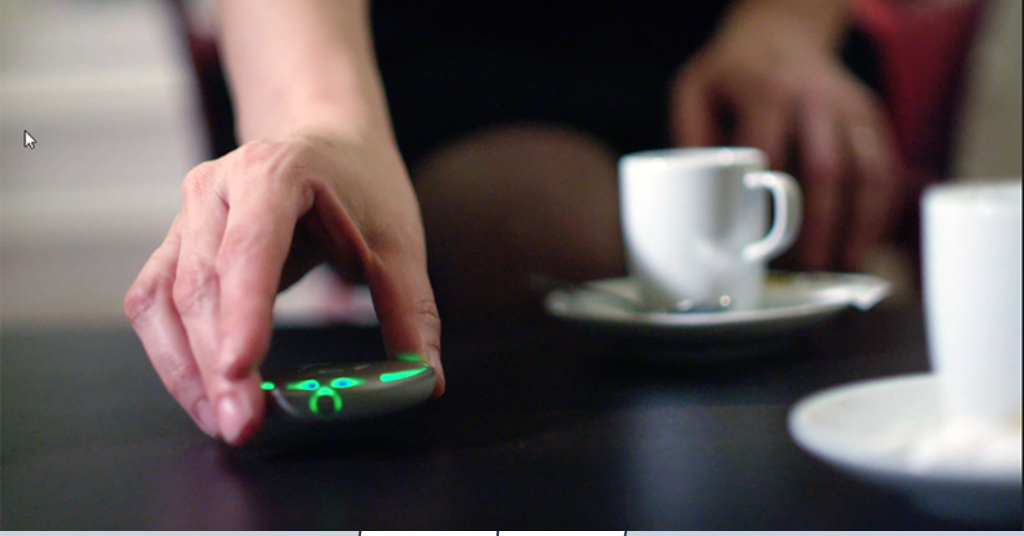
An Objective Way to Measure Tinnitus: A Study
September 26, 2022
Cochlear implants are beneficial for deaf children with developmental delays
October 3, 2022Back to school tips for teachers with hearing loss

It’s that time of year again! Well, at least it is for my colleagues in the Northern Hemisphere. (In sunny South Africa, we’re nearing the end of our third school term, with end of year exams coming up rapidly.) But in general, September is back-to-school time, and that means it’s time for tips for teachers with hearing loss.
As a teacher with hearing loss, who has been teaching for the better part of a decade, I’ve been in mainstream and remedial environments, state and private institutions, regular schools and schools for the Deaf.
Back to the classroom means back to – let’s face it – a noisy, crowded environment with a whole set of challenges when it comes to living with hearing loss. While there certainly is not a one-size-fits-all approach that can apply to all classrooms, hopefully the following back to school tips for teachers with hearing loss are helpful!
Back to school tips for teachers with hearing loss
Classroom Management is Key
Number one on my list of back to school tips for teachers with hearing loss is classroom management. This is important for any teacher, but takes on a whole new level of significance for an educator with hearing loss. Trying to teach over learners having their own conversations, acting out over whichever issues are occupying them, or just flat out not engaging is tough. It’s only gotten worse since the COVID-19 pandemic landed, with many of our learners missing vital social development cues. I’ve spoken to other teachers who have had kids act as though their class is part of a YouTube video that they can talk over and ignore with no repercussions. It’s really just habits that have formed over two years of constant disruption. It’s going to take some real work from parents, teachers, and the learners themselves to overcome them.
There are a multitude of ways to approach this. Your mileage may vary when it comes to each of the areas discussed below.
Revealing Your Hearing Loss
This is an enormously personal issue. From a practical point of view, revealing your hearing loss depends largely on how severe it is and the kind of accommodations you’ll need others to make. It goes without saying that there are students who will take full advantage of the situation if they are aware of it. It’s important to get ahead of the curve here. Have a plan for how you will deal with it when other people find out.
It’s crucial to stamp your authority early on with this as it’s far harder to claw back respect once it’s been lost than it is to earn it in the first place. Being frank, factual, and proactive, rather than emotional and reactive goes a long way towards turning a potential issue into a new normal. If you don’t make a big deal of it, chances are your learners won’t either. In fact, it’ll likely earn you a degree of respect if you’re willing to tackle it head on. Use it as a tool to empathize with your students and draw parallels to their struggles. Your revelation can be a highly effective option in your arsenal to connect with them.
“If you don’t make a big deal of it, chances are your learners won’t either. In fact, it’ll likely earn you a degree of respect if you’re willing to tackle it head on.”
That said, you’ll need to be firm with those who do try to take advantage. Don’t hold back on discipline options. Make sure that you know what your school policies are and get the backing of your school admin to have a solid response ready in the event that learners do start acting up.
Read more: These Powerpoint presentations make it easy to explain hearing loss at school
Equipment
Whether you’re a teacher with hearing loss or a teacher looking to support a learner with hearing loss, there are options when it comes to equipment that could help you in the classroom. Many of us will have read The Lord of the Flies at some point in our academic careers. The conch shell used by the boys makes for a great allegory for what it’ll take to break down these habits and get back to effective teaching. Minor spoilers ahead for those who haven’t yet read it!
In the book, the conch becomes a symbol of authority. Only the boy holding the conch has the right to speak at an given time. A similar approach works well in the classroom.
Many of us will already be familiar with the Roger systems from Phonak. This technology can work as a “conch,” given that it’s effectively a microphone directly to your ears for the learner who holds it. However, it is far from the only option available out there.
Sometimes, you’ll need to go big – and that’s where the Roger SoundField comes in. Not only is it a voice amplifier, which means your learners will be able to hear you more clearly and you can cut through the noise by being the biggest voice in the room, hands down. It will save your vocal cords as well – something those of us who taught through masks in the pandemic are all too familiar with! I, for one, will not miss needing to compensate for masks muffling my voice or making it impossible for my Deaf students to read my facial expressions and lips – it compromised sign language too!

Phonak Roger Select
Read more: How Roger technology changed this teacher’s life
Seating Plans
An oft-underappreciated part of effective teaching is seating plans. I’m one of those teachers who are guilty of running with a single seating plan all year. As COVID regulations have been lifted, I’m eyeing up some changes in my own classroom based on a few different considerations.
Among the back to school tips for teachers with hearing loss is to change things up. Keep tweaking how your desks are organized. Change seat assignments. Separate the noisy kids who can’t seem to stop talking while you’re teaching or listening to answers from other learners. Fiddle with how students are facing in your lessons to make sure you have the best possible lines of communication.
“…change things up. Keep tweaking how your desks are organized. Change seat assignments. Separate the noisy kids who can’t seem to stop talking while you’re teaching or listening to answers from other learners.”
In my current post, it’s crucial that every learner can see both me and their peers, since we all use South African Sign Language (SASL), so a U-shaped setup works best. In an environment where your learners are all hearing, a more regular approach with rows facing the front of the classroom may work better.
Support From Administrators
Make sure that you have the support of your school administrators from the get go! As mentioned earlier, you will need their support when it comes to discipline policies to stamp your authority early on. You may well also find that they are able to support you with assistive devices or useful suggestions where they have had classroom experience themselves.
Plan Early, Plan Often
Last, but not least – plan. Plan everything, and get it done early so you have room to breathe before you find yourself knee-deep in the everyday dramas and pressures that teaching will throw at you.
Get your curriculum sorted early so you can hit the ground running with a plan. Doing so will ensure that you have the chance to remain in control even when the unexpected crops up. It also allows you to be more flexible in how you choose to respond to things than if you were to be purely reactive, winging it on a limb and a prayer.




